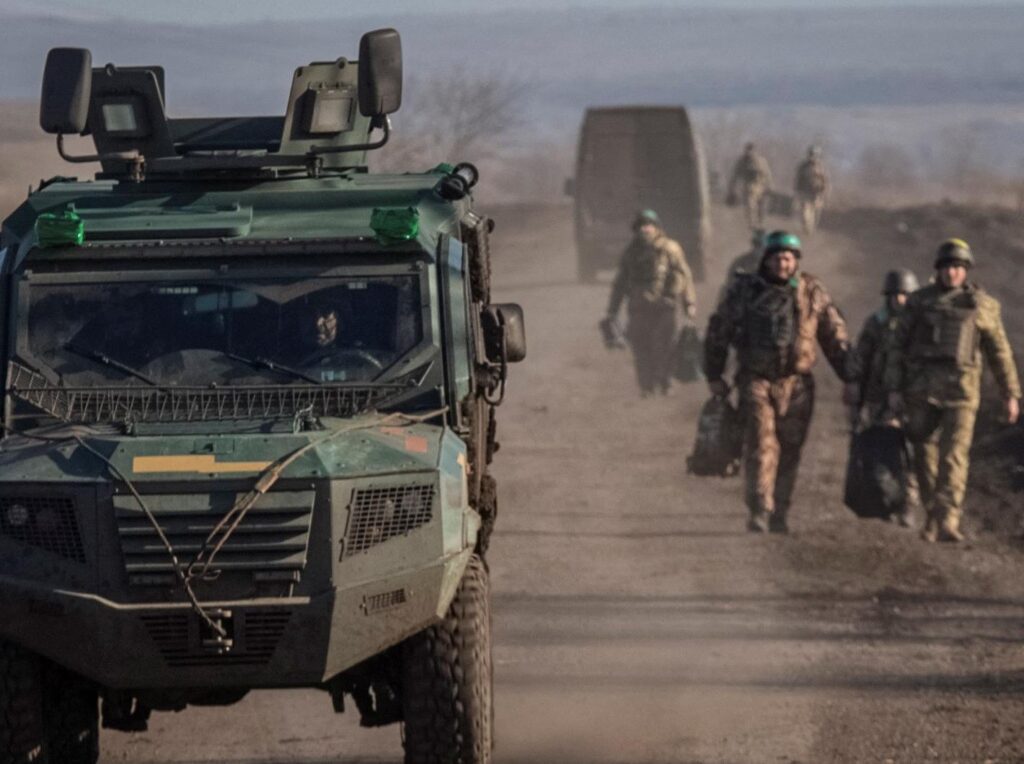The content introduces the topic of cyber warfare and its increasing importance in modern conflict. It defines cyber warfare as the use of digital techniques to harm individuals, organizations, or nations through unauthorized access or disruption of computer systems. The article discusses the evolving nature of cyber warfare, from simple hacking to sophisticated state-sponsored attacks. It explores how cyber warfare serves as a force multiplier and highlights the risks and challenges it presents. The role of technology in countering cyber threats is also examined, emphasizing the need for international cooperation to address this growing issue. The conclusion emphasizes the importance of investing in cybersecurity and adopting international norms to maintain stability in the digital age.
The Rise of Cyber Warfare: Assessing the Changing Role of Technology in Conflict
Introduction
Cyber warfare has emerged as a significant threat in the modern era, illustrating the changing landscape of conflict in the digital age. As nations strive to gain competitive advantages, traditional methods of warfare have evolved to include the strategic use of technology. This article aims to assess the rise of cyber warfare and the implications it has on global security.
Defining Cyber Warfare
Cyber warfare can be defined as the use of digital techniques and technologies to disrupt, damage, or gain unauthorized access to computer systems in order to harm individuals, organizations, or nations. It involves the exploitation of vulnerabilities within computer networks, targeting critical infrastructure, military systems, or even civilian systems for political, economic, or military purposes.
The Growing Importance of Cyber Capabilities
In the digital era, cyber capabilities have become increasingly important. This is due to several factors, including the interconnectedness of global networks, the proliferation of sophisticated malware, and the rapid expansion of digitized infrastructure. Nations now possess the ability to disrupt or cripple their adversaries without the need for traditional military forces.
The Evolution of Cyber Warfare
Cyber warfare has evolved dramatically since its inception. What started as simple acts of mischief and hacking has transformed into a sophisticated domain of warfare with state-sponsored attacks and advanced persistent threats. Nation-states now employ cyber espionage, sabotage, and disinformation campaigns to achieve their strategic objectives.
Cyber Warfare as a Force Multiplier
Cyber warfare serves as a force multiplier for nations as it offers a relatively low-cost method to gain a significant advantage in conflict. Unlike conventional warfare, cyber attacks can be launched from remote locations, making attribution difficult. Moreover, the anonymity and global reach of the internet allow attackers to mask their origins, further complicating response efforts.
Risks and Challenges
Cyber warfare presents numerous risks and challenges that need to be addressed by nations and the international community. The increasing reliance on technology for critical infrastructure and military systems exposes vulnerabilities that can be exploited by adversaries. The lack of standardized regulations and international protocols for cyber warfare exacerbates the threat.
The Role of Technology in Countering Cyber Threats
While technology has been instrumental in facilitating cyber warfare, it also plays a crucial role in countering cyber threats. Advanced security measures, artificial intelligence, machine learning, and predictive analytics are employed to detect, prevent, and mitigate cyber attacks. However, the constant evolution of cyber threats necessitates continuous technological advancements and greater international cooperation.
The Need for International Cooperation
The interconnected nature of cyberspace highlights the necessity for international cooperation in combating cyber threats. Establishing norms, sharing threat intelligence, and enhancing collaboration among nations can aid in developing effective countermeasures against cyber warfare. Efforts such as the establishment of international agreements and treaties can contribute to fostering a more secure cyberspace.
Conclusion
Cyber warfare has become a dominant aspect of modern conflict, with nations recognizing its potential as a strategic tool. As technology continues to evolve, cyber warfare will persist as a significant threat to global security. Addressing the changing role of technology in conflict entails increased investment in cybersecurity, adoption of international norms, and the integration of technology in defense strategies to effectively counter cyber threats and maintain stability in the digital age.
